Giant Skeletons & The Smithsonian
A host of researchers, including Vieira, Fritz Zimmerman, and Ross Hamilton, have publicized approximately 1,500 newspaper articles from the 1800s through the mid-1900s reporting on huge skeletons found at sites scattered across America. These articles mention skeletons ranging in height from seven to eighteen feet. In response, a 2012 reissued Smithsonian Magazine article related, “There was no prehistoric race of giants” (Science News (3/23/2012) “Measure your giant carefully and his size will shrink”). The statement only deepened the controversy.
One fact cited as evidence for the conspiracy theory is that the Smithsonian has never displayed the giant skeletons. That’s true, but few of the large skeletons were sent to them. The main purpose of their investigation into mounds was to determine who built the mounds and to gather skulls as specimens. The other reason is that today the Smithsonian has less than 300 skeletal remains in storage, and those are from Central and South America. All other burial remains they held were repatriated and reburied starting in 1989 (Path of Souls).
[...]
The Smithsonian’s Mound Survey Project
The Smithsonian’s Division of Mound Exploration (and the resulting Mound Survey Project) was established by an act of Congress in 1881. Cyrus Thomas was the project director and author of the annual reports’ sections on mounds. It is known that he often used the written reports from his field agents verbatim. The main project ran from 1882 to 1891. Three field agents were employed at a monthly pay of $125, which had to pay for travel, lodging, meals, and the hire of local laborers. Thomas related that the project opened “2,000 mounds” and recovered “40,000 specimens” (Path of Souls). The total number of skeletons found by the project isn’t known, because many mounds had jumbled skeletal remains, partial remains, cremations, and because many skeletons had simply disintegrated.
Our analysis of the Bureau of Ethnology Annual Reports (1887; 1894) revealed that 17 “large” skeletons were excavated from mounds by the field agents. They ranged in length from 6’ 7” to 7’ 6”. At least 14 of them were seven feet or more in length. The mounds the large skeletons were recovered from were from Adena, Hopewell, and Mississippian sites. However, half of the seven footers were found in Adena Era mounds in West Virginia, primarily along the Kanawha River Valley (Path of Souls).
It is important to note that the Bureau’s reports mentioned numerous other “large” skeletons that were found, but many were so disintegrated that accurate measuring was impossible. In essence, the Smithsonian didn’t cover up the discovery of these tall people; it simply didn’t call them “giants.” But this led us to look at other reports made by mainstream archaeologists.
“Modern” Archaeological Discoveries of Giant Skeletons from Mounds
In May 1950 William Webb and Charles Snow of the University of Kentucky began an excavation of a large Dover, Kentucky, burial mound. In the report on the six-month-long excavation (Webb, W. & Snow, C. (1959) The Dover Mound, U. of KY.), it was explained that the mound had been erected over several smaller mounds. Several log-lined tombs were found at the mound’s base. Carbon dating placed the mound in the Adena Era (220–300 BC).
They found 55 burials, most of which had almost completely disintegrated. However, several log tombs at the base had survived fairly intact. Several skeletons of six-foot tall, robust men were found, but in one tomb the remains of four individuals were found lying. One skeleton was, “one of the largest known to Adena: the skull-foot field measurement is 84 inches.” Copper artifacts were found with this 7-foot-tall man along with mica, beads, flint, and shell artifacts (The Dover Mound)
In 1958, archaeologist Don Dragoo of the Carnegie Museum excavated the Cresap Mound located south of Moundsville, WV. Dragoo found 54 burials in the mound. One skeleton was found in a prominent log-covered tomb under the mound base floor with a tablet, shell artifacts, red ochre, flint, blades, and beads. The skeleton found inside this tomb was a “tall adult male” with “flexed knees” … “When measured in the tomb his length was approximately 7.04 feet” [7 feet one inch] (Dragoo, D. (1963) “Mounds for the dead,” Annals of the Carnegie Museum, V. 57.).
There are numerous other examples of mainstream archaeologists excavating large skeletons from Adena mounds. The Welcome Mound in West Virginia was excavated in 1957 by Frank Setzler of the Smithsonian. Inside a log tomb he found the badly deteriorated skeleton of a “large” man. Because of the artifacts found with him, the man was determined to have been a shaman. Setzler also mentioned that the 7-foot-tall skeleton found at the Dover Mound was also a shaman and that a similar shaman burial had been found at the Ayres Mound in Kentucky (Dragoo). Excavation of the Beech Bottom Mound near Wheeling, West Virginia also revealed a shaman buried in a prominent tomb (Webb, W. & Snow, C.). A 1940 excavation of the Half Moon Mound site along the Ohio River in West Virginia revealed another elite burial of a shaman (Webb, W. & Snow, C.). Unfortunately, in many of these cases the skeletal remains had almost completely disintegrated making measurements impossible. In summary, it is clear that many Adena Era mound burials were of elite individuals. These individuals were exceedingly tall, and many of them were probably shamans involved with the Native American death journey.
Skeptical Claims & Adena Population Height: A Statistical View
Virtually all of the claims made by skeptics about the large skeletons have been shown to be false (Little, G., 2014, “The truth about giant skeletons in American Indian Mounds- 1,2.”
http://www.apmagazine.info). There is no doubt that many tall individuals were interred in prominent tombs in America’s ancient mounds. Many of them were shamans and others were no doubt chiefs. But the important question is: could this simply be due to chance?
Many people point to tall basketball players as a way of implying that tall people are found everywhere. But statistically speaking, in the modern world, the actual percentage of people who reach 7 feet in height is 0.000007%—or one in every 146,000 people. Applying this number to the Smithsonian’s discoveries, they would have had to excavate 2.5 million skeletons to find 17 individuals of that height (Path of Souls). But the Hopewell and Adena were much shorter: Adena men averaged 5’ 4” while Hopewell men averaged 5’ 6”. Applying the relevant statistical tool to the Adena height shows that only 0.0000002% of them would reach 7 feet (one of every 1.4 million people). Clearly, something unexplained is at work.






 Reply With Quote
Reply With Quote




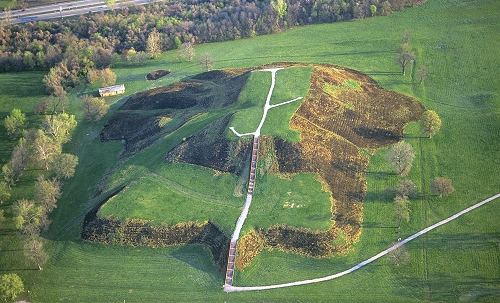
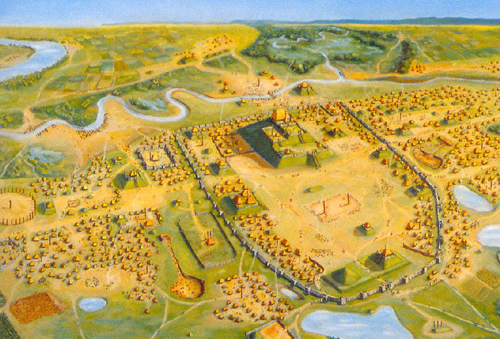
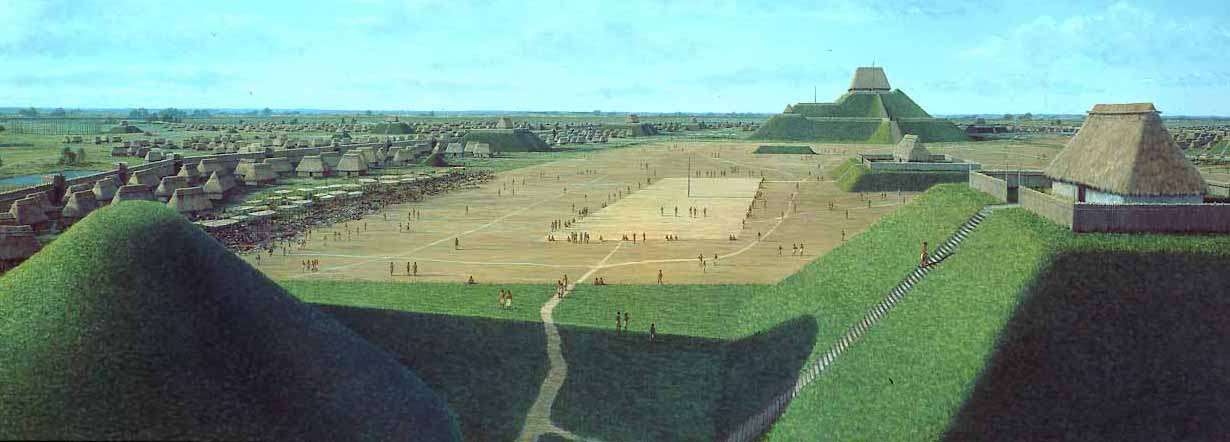

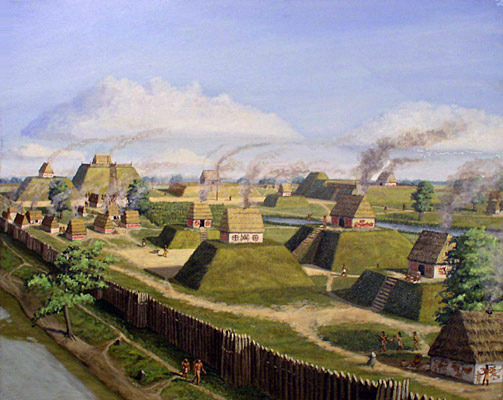
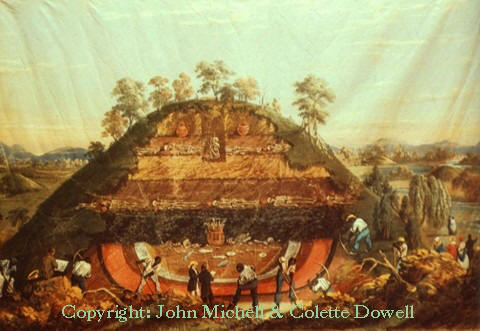



Bookmarks